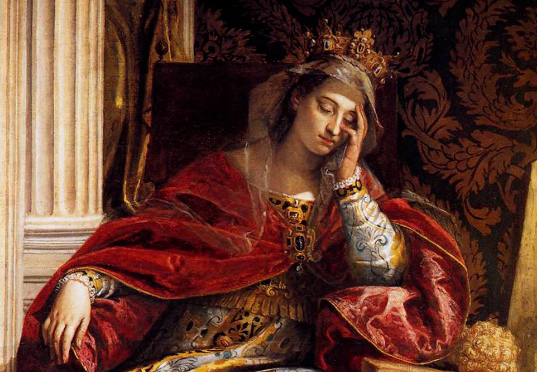The Role of Saint Helena in Christian History
Saint Helena, the mother of Emperor Constantine the Great, is a pivotal figure in Christian history. Her life and actions significantly impacted the spread of Christianity in the Roman Empire and beyond. By exploring her contributions, we can better understand the historical context that shaped early Christianity.
Finding the True Cross
One of the most significant events attributed to Saint Helena is her discovery of the True Cross, believed to be the cross on which Jesus was crucified. In the early 4th century, Helena embarked on a pilgrimage to Jerusalem. During her journey, she sought out the sites of Christ’s crucifixion and resurrection. Excavations at Golgotha led to the unearthing of three crosses, and Helena identified one as the True Cross, sparking immense devotion among Christians. This event not only reinforced the significance of Christ’s sacrifice but also encouraged an influx of pilgrims to Jerusalem, fostering the growth of Christian worship at key sacred sites.
The Promotion of Christian Architecture
Helena was a driving force in the establishment of Christian architecture. Following her discovery of the True Cross, she commissioned the construction of the Church of the Holy Sepulchre in Jerusalem, which stands as one of the most revered churches in Christianity today. This monumental project symbolized the legitimacy of Christianity and provided a physical space for worship and pilgrimage. Her efforts laid the groundwork for future church buildings, setting a precedent for Christian architecture throughout the empire. This architectural shift marked a transition from concealed worship to grand public expressions of faith.
Advocacy and Influence
As the mother of Emperor Constantine, Helena wielded considerable influence in promoting Christianity within the Roman Empire. Her conversion and dedication to the faith played a crucial role in her son’s decision to embrace Christianity and issue the Edict of Milan in 313 AD, which granted religious tolerance to Christians. Helena’s example of faith inspired many, showcasing how personal conviction can lead to broader societal change. Her advocacy not only helped secure Christianity’s place within the empire but also fostered greater acceptance of the faith throughout society.
In conclusion, Saint Helena’s contributions to Christianity go far beyond her familial ties to Constantine. Her discovery of the True Cross, promotion of Christian architecture, and advocacy within the Roman Empire were crucial in shaping the early Christian landscape. To delve deeper into the impact of her life and the historical significance of her actions, consider exploring more about early Christian history and its pivotal figures. Guess you might be into some religious art.

